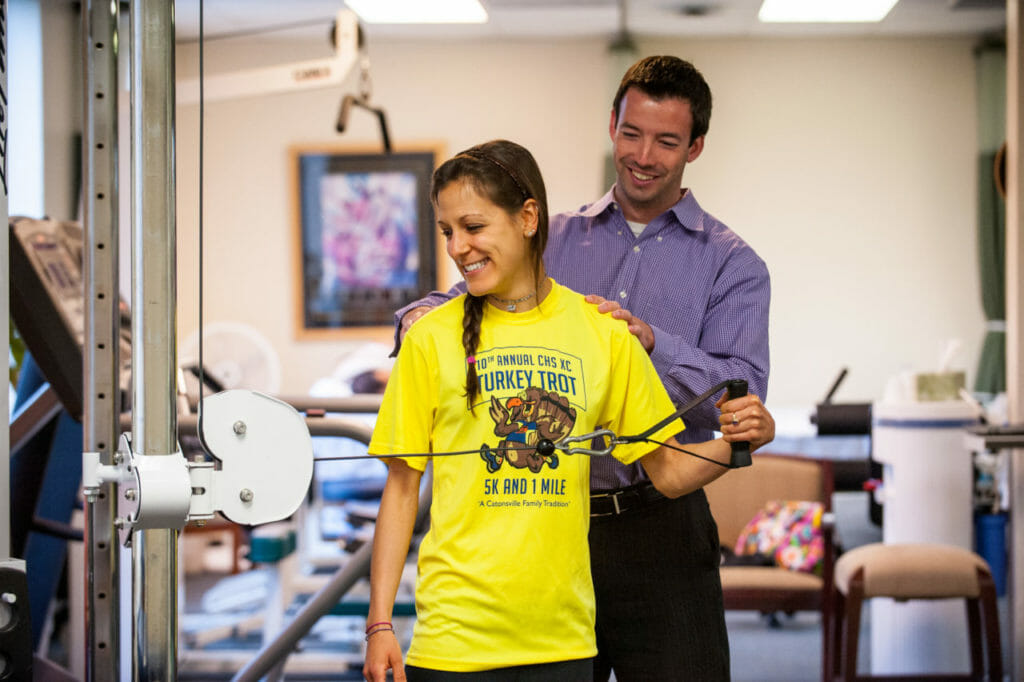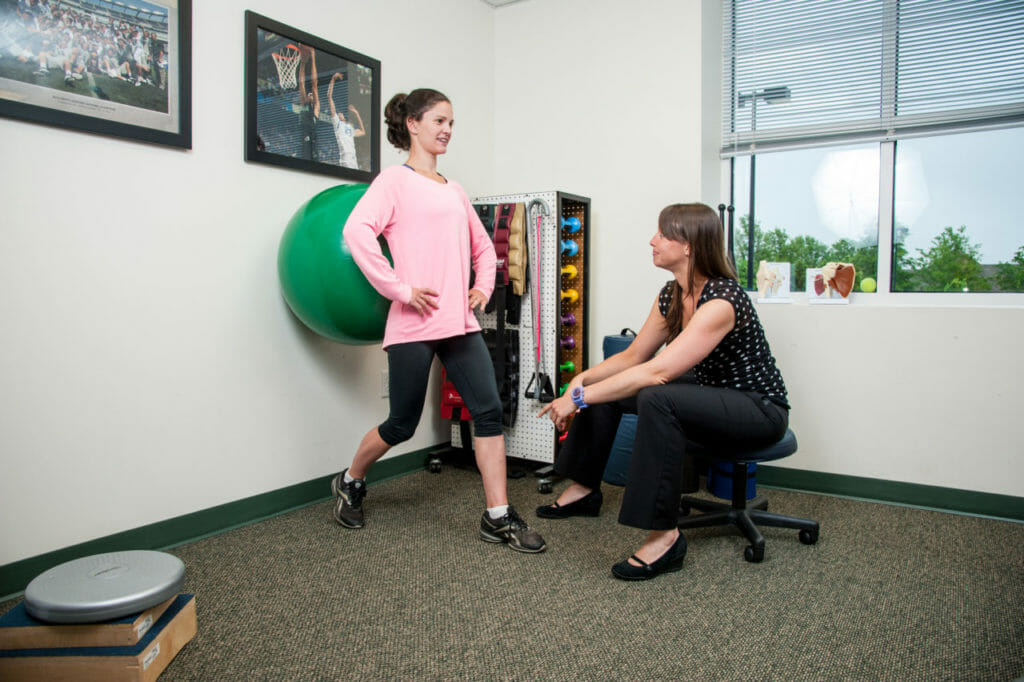The Key Benefits and Goals of Physical Therapy
The Role of Physical Therapy
The role of physical therapy is to help regain and restore the pain-free and comfortable movement and overall health that a person experienced prior to an injury, illness or disability.
To achieve this, the physical therapist will design and monitor a planned program using a holistic approach. The goal is both to restore physical health, quality of life and overall wellness to the patient, while minimizing the risk of injury or illness in the future.
Physical therapy can be helpful for people of all ages, with a wide range of health conditions. The role of the referring primary care physician and family members or care-givers, will always be included in the plan, wherever this is appropriate or required.

A conservative approach to managing problems
In many cases, the patient will have approached a physician seeking relief from physical pain. They may be experiencing a nagging lower back pain, shoulder pain or knee pain that is affecting their quality of life. Because physical therapy is the most conservative and least intrusive approach to managing health problems, doctors regularly refer patients to a physical therapist as a first resort. Many doctors report that once patients understand and accept the benefits of the program, they respond quickly and positively, with excellent results
Pain relief – the first and most obvious benefit.
Physical therapy can successfully alleviate the majority of painful musculoskeletal conditions. Chronic pain can be one of the most frustrating conditions to experience, especially if the underlying cause is unknown. However, physical therapy techniques and therapeutic exercises can help mobilize the patient’s joints and soft tissue and restore muscle function, reducing aches or eliminating pain altogether. Provided patients continue to perform the prescribed physical exercises regularly, it can keep the pain from returning.
An important corollary – avoiding the need for surgery
A number of studies have shown that physical therapy may often be as effective as surgery for providing pain relief. One example is in the case of lower back conditions, many of which are shown to respond very favorably to non-invasive physical therapy.
Wherever the more conservative approach is appropriate, it is obviously to the benefit of the patient to explore that route first. Given the proper treatment, the body can often heal itself without the need for surgery.
Recovery post-surgery
Where surgery is obviously the only choice, as for example, in repairing a fractured hip, the patient will start on a properly planned regimen of exercises as soon as possible after the surgery. The role of the physical therapist then becomes paramount in guiding the healing process.
When surgery is required, there may also be a benefit from pre-surgery physical therapy. Because it strengthens the patient, it enables faster recovery after the surgery.
Improving general mobility

At all stages in life, mobility can become an issue. This may be due to a minor accident, aging, sports injuries or the sedentary life-style that so many people lead. Even in advanced or chronic cases, and at all ages, physical therapy can be extremely advantageous in ameliorating problems with walking or moving. The classic stretching and strengthening exercises can restore movement to a large degree and re-enable the quality of life the person experienced before.
Other Health Issues
Recovery from serious illnesses such as a stroke or a heart attack can often be assisted in large measure by a physical therapy program designed to help the weakened parts of the body recover.
Aerobic and body strengthening exercises are also of great value managing diabetes by controlling blood sugar levels.
Arthritis and osteoporosis which may develop with age, can affect joints and mobility. The effects of these conditions can be greatly reduced and controlled by properly designed stretching exercises.
Physical Therapy with children
It is perhaps a common misconception that physical therapy is largely limited to adult conditions. In fact, it also plays a very important role treating children who have motor skill issues. These can often result in behavioral problems and impinge on the general cognitive development of the child.
Physical therapy can assist children to improve the fine motor skills that may have been impaired by neurological causes such as cerebral palsy and are very effective when aiding recovering from surgery.
Modern lifestyles and obesity in children
With modern sedentary lifestyles resulting in children being far less active than was the norm a few decades ago, a lot of attention is being focused on how to solve this problem. Spending hours playing games on their phones and computer related hardware, or texting with their friends, the need for reintroducing proper exercise has become paramount. Obesity and its related ills are affecting children to a degree unheard of before, and the physical therapist can play a powerful role in helping to design programs to combat this.
What the future holds
Across the age spectrum the need to promote fitness and mobility is one of the most important health issues facing society today. The goal of physical therapy is to solve as many of the health-related issues as possible, and the work of the physical therapist will doubtless play an increasingly large role going forward.
